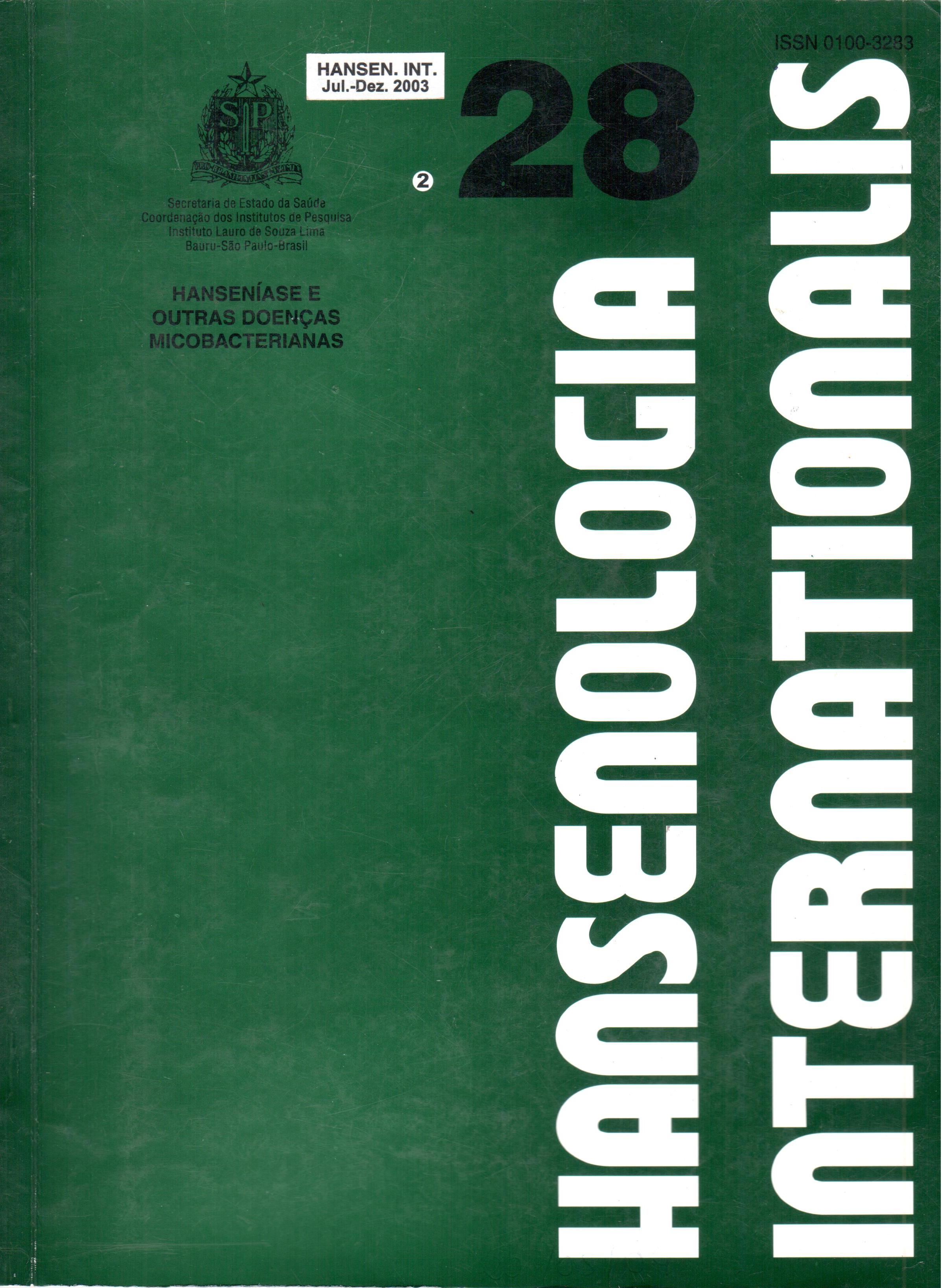Abstract
Leprosy is considered hiperendemic in Governador Valadares. Our study shows that the detection rate is inequality distributed in urban areas and between people of the opposite sex. The goal of this research is to analyze leprosy infection by sex in Governador Valadares. A proportion of cases involving more women than men, 55,3% and 44,7%, respectively, was observed. This was confirmed through higher detection rate in women, 10,20/10.000, than men, 9,27/10.000. We verified that 56,6% of the cases which were diagnosed through spontaneous demands occurred in women. It was observed that the tuberculoid form of leprosy was more frequent in women, the borderline and indeterminate lepromatous cases
were found mostly in men. This explains the higher proportion of cases with incapacity in men, 19,7% while 9% in women, confirming the delayed diagnosis in males. We have concluded that leprosy occurs in Governador Valadares differently between men and women, presenting more serious physical incapacity in men. Thus, this study emphasizes the importance of implementation of strategies in the health service which would
take into consideration socio-biological needs of men and women in order to provide equal access to health services.
References
2. LANA, F.C.F.; LIMA, R.F.; ARAÚJO, M.G.; FONSECA, P.T.S. Situação epidemiológica da hanseníase no município de Belo Horizonte/MG – Período 92/97. Hansen. Int., v. 25, n.2, p.121-132, 2000.
3. LANA, F.C.F et al. Fatores Relacionados à Transmissão e Controle da Hanseníase na Região de Governador Valadares. (Relatório Técnico de Pesquisa). Belo Horizonte: Escola de Enfermagem da UFMG, 2001. 50 p.
4. LE GRAND, A. Women and leprosy: a review. Lep Rev., v. 68, p. 203-211, 1997.
5. MINAS GERAIS. Secretaria de Estado da Saúde. Área Técnica de Hanseníase. Seminário de Avaliação das Ações de Controle de Hanseníase Realizadas em Minas Gerais. Belo Horizonte, 2002.
6. OPAS/OMS. Divisão de Prevenção e Controle de Doenças Transmissíveis. Hanseníase Hoje. Boletim Eliminação da Hanseníase das Américas, n.8, nov., 2000.
7. OLIVEIRA, M.H.P.; ROMANELLI, G. Os efeitos da hanseníase em homens e mulheres: um estudo de gênero. Cad. Saúde Públ., v. 14, n.1, p. 51-60, 1998.

This work is licensed under a Creative Commons Attribution 4.0 International License.
